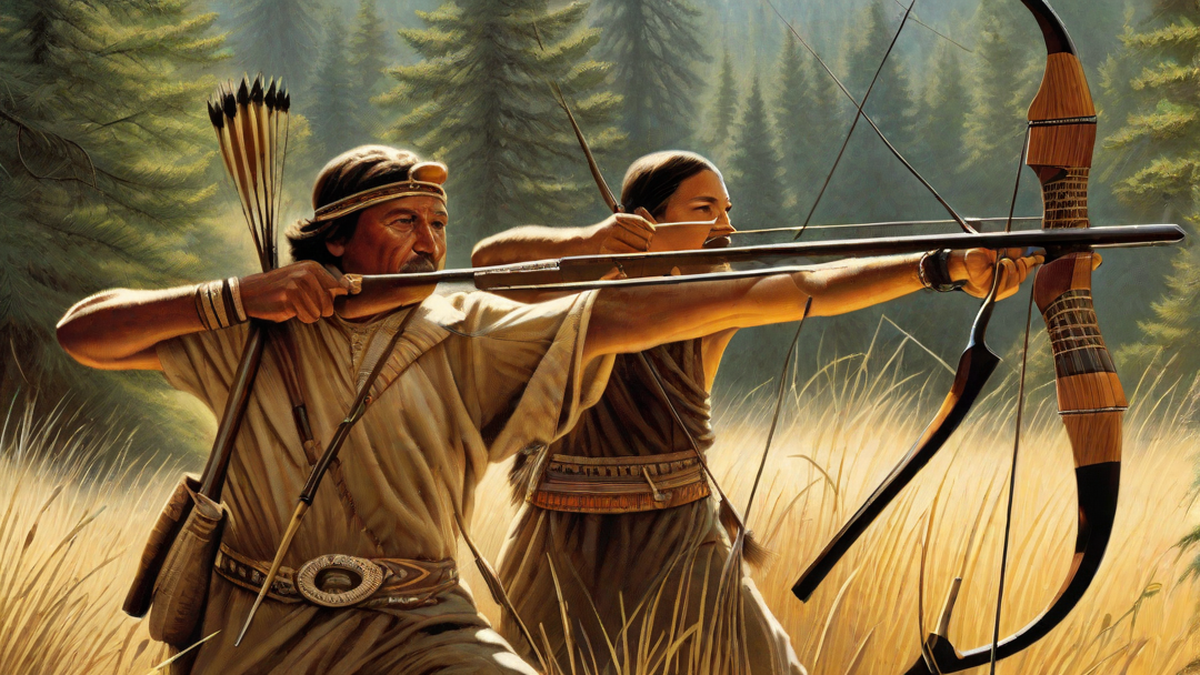Bow hunting is a truly ancient practice that has been part of human history for thousands of years. As an avid outdoorsman, I am constantly fascinated by the history and evolution of hunting techniques. Today, I will be taking you on a journey back in time to explore the origins of bow hunting.
The exact origins of bow hunting are difficult to pinpoint, as it predates written history. However, archaeological evidence suggests that humans have been using bows and arrows for hunting as far back as the Stone Age, around 64,000 years ago. The earliest evidence of bow hunting comes from the Sibudu Cave in South Africa, where stone points that were likely used as arrowheads were discovered.
Imagine our ancient ancestors, armed with nothing more than a simple bow and arrow, heading out into the wilderness in search of game. The skill and precision required to bring down a large animal with such primitive tools is truly remarkable. Bow hunting would have been essential for survival, providing our ancestors with food, clothing, and materials for tools and shelter.
Throughout history, different cultures around the world developed their own unique styles of bow hunting. In Europe, for example, the English longbow became an iconic weapon during the Middle Ages. Its long range and accuracy made it a formidable tool in warfare, but it was also used for hunting. Royalty and nobility would often organize elaborate hunting expeditions with their trusty longbows.
In North America, Native American tribes utilized the bow and arrow for both hunting and warfare. The Native Americans were masters of stealthy hunting techniques, relying on their intimate knowledge of the land and their keen senses to track and take down game. They crafted their bows and arrows with great care, using natural materials like wood, animal sinew, and feathers.
Over time, advancements in technology and the availability of firearms caused bow hunting to decline in popularity. However, in recent years, there has been a resurgence of interest in traditional hunting methods. Many hunters have embraced bow hunting as a way to reconnect with nature and challenge themselves in a more primitive and intimate way.
As an avid bow hunter myself, I find great joy and satisfaction in the simplicity and elegance of this ancient hunting method. Drawing back the bowstring, feeling the tension build, and releasing the arrow with precision and skill is an experience like no other. It requires patience, practice, and a deep understanding of the animal’s behavior.
In conclusion, bow hunting is a timeless tradition that has been passed down through generations of hunters. Its origins can be traced back to humanity’s earliest days, when our ancestors relied on their ingenuity and skill to survive. Today, bow hunting continues to captivate hunters around the world, offering a unique and rewarding experience that connects us to our ancient heritage and the natural world.
